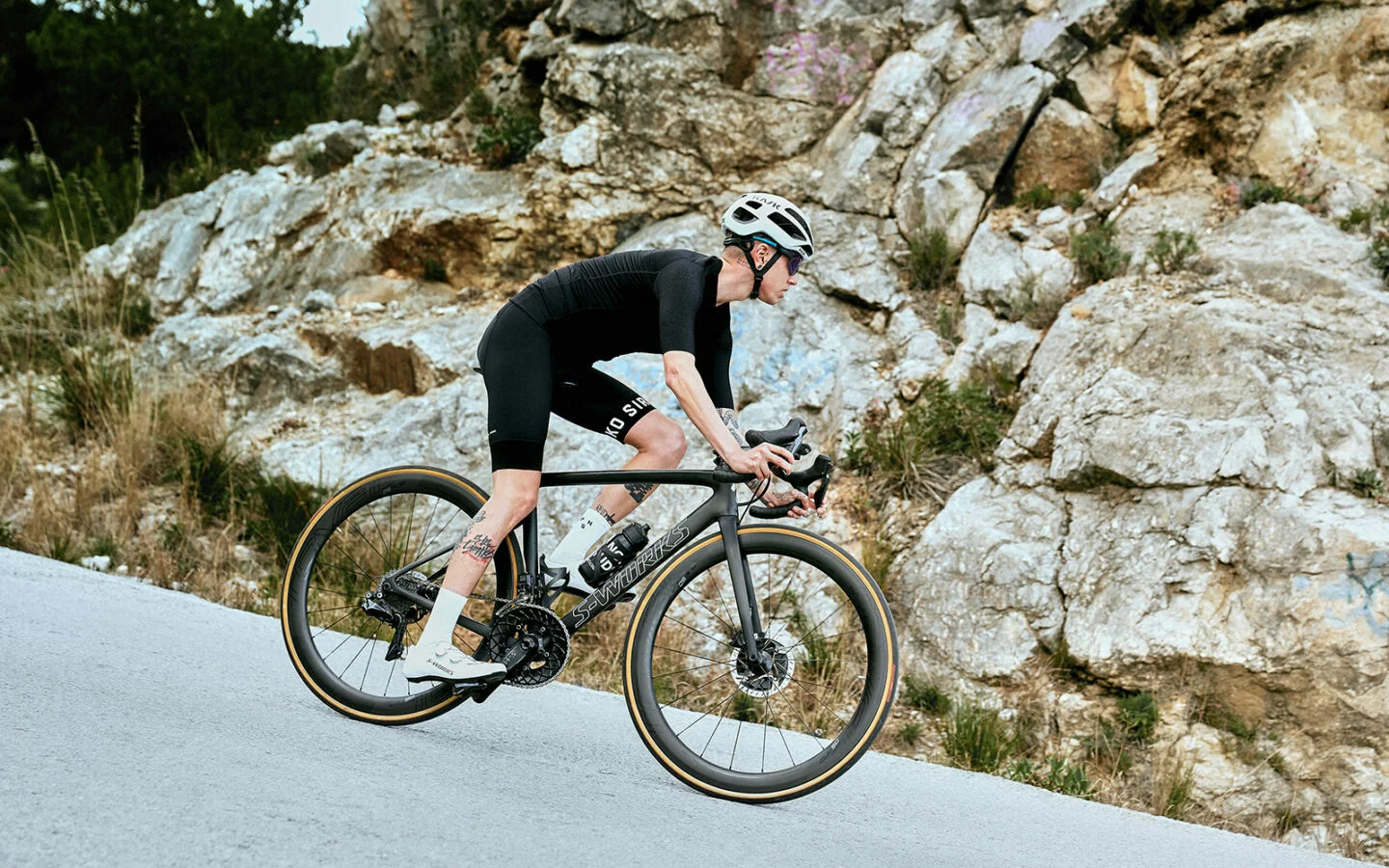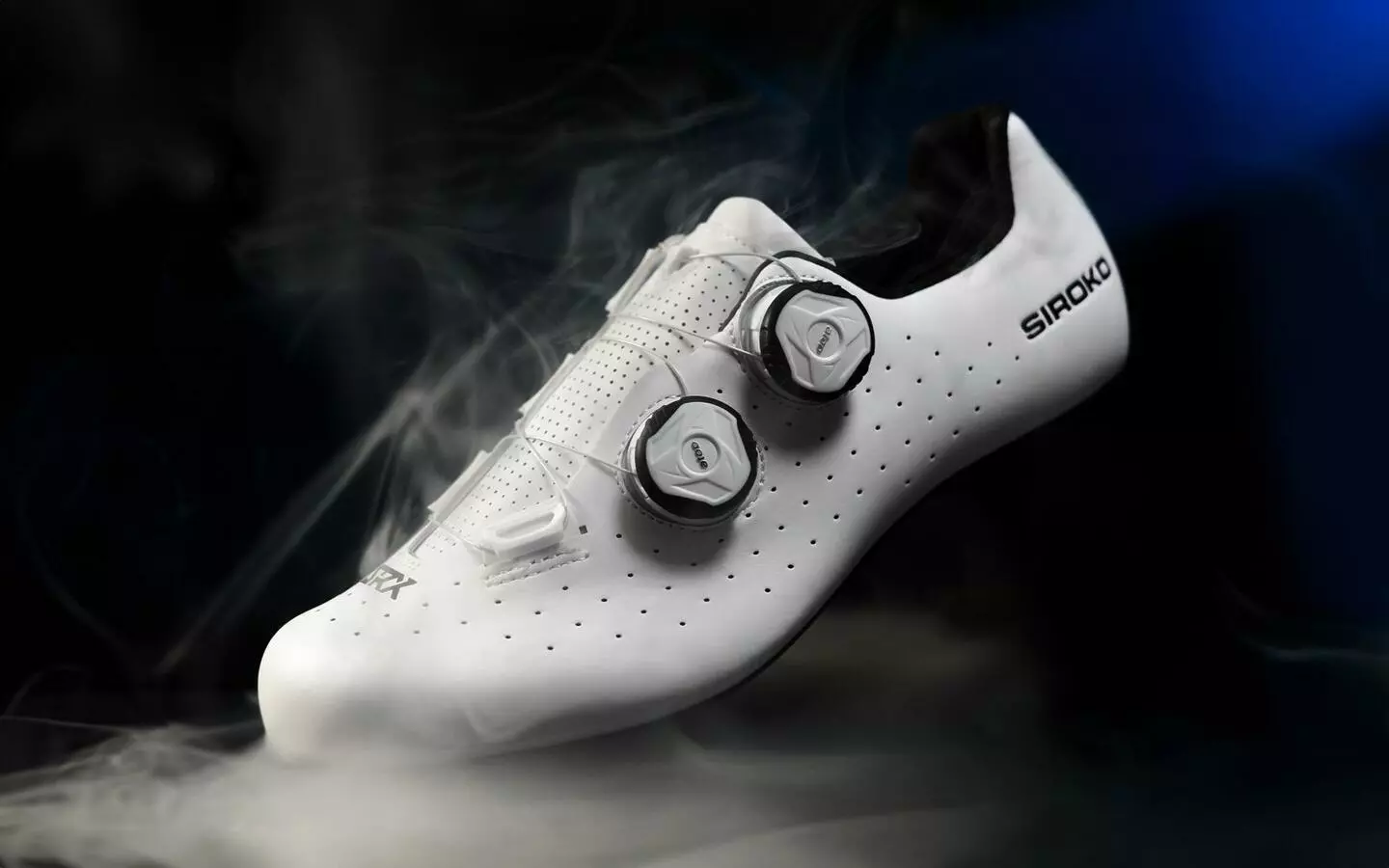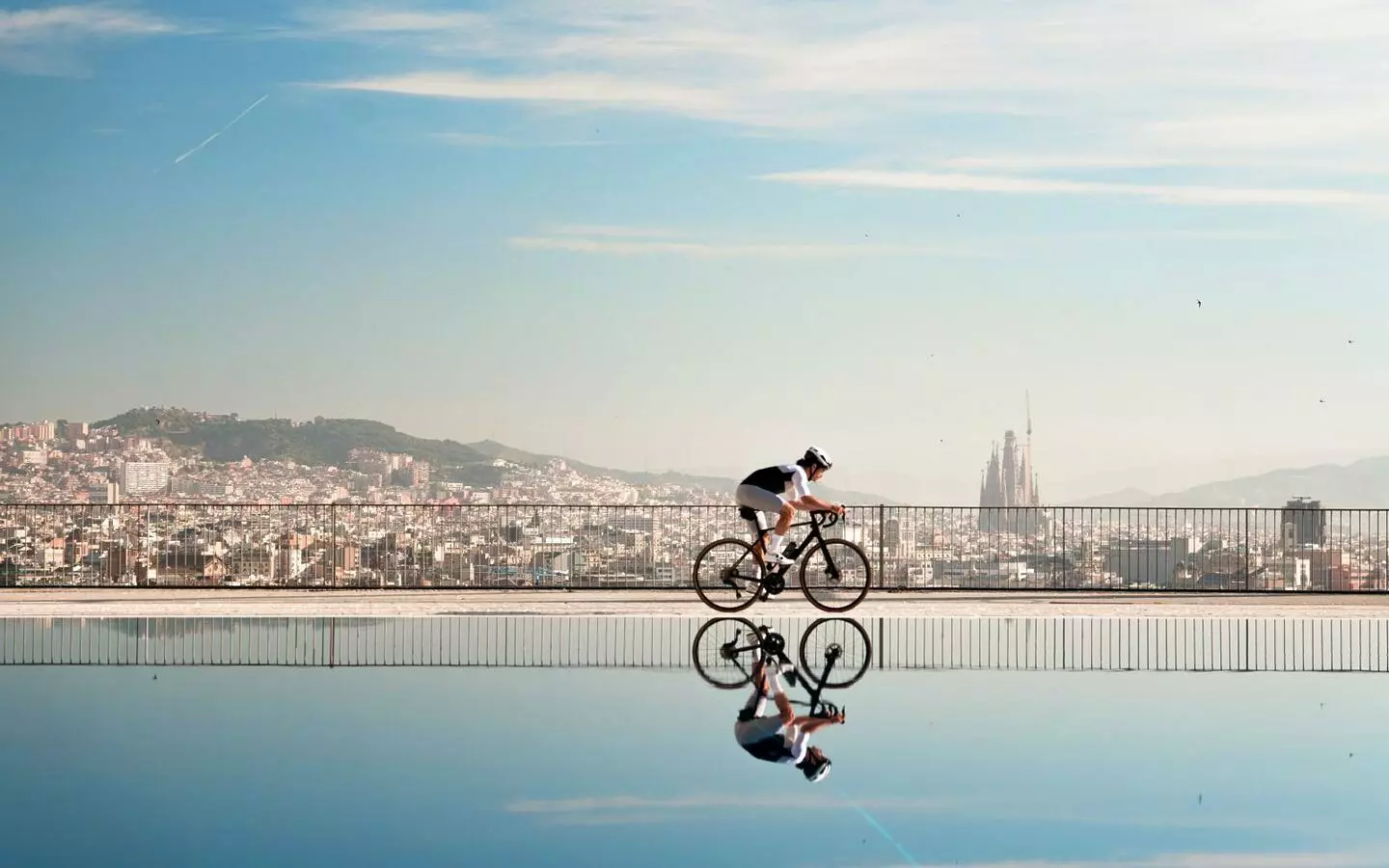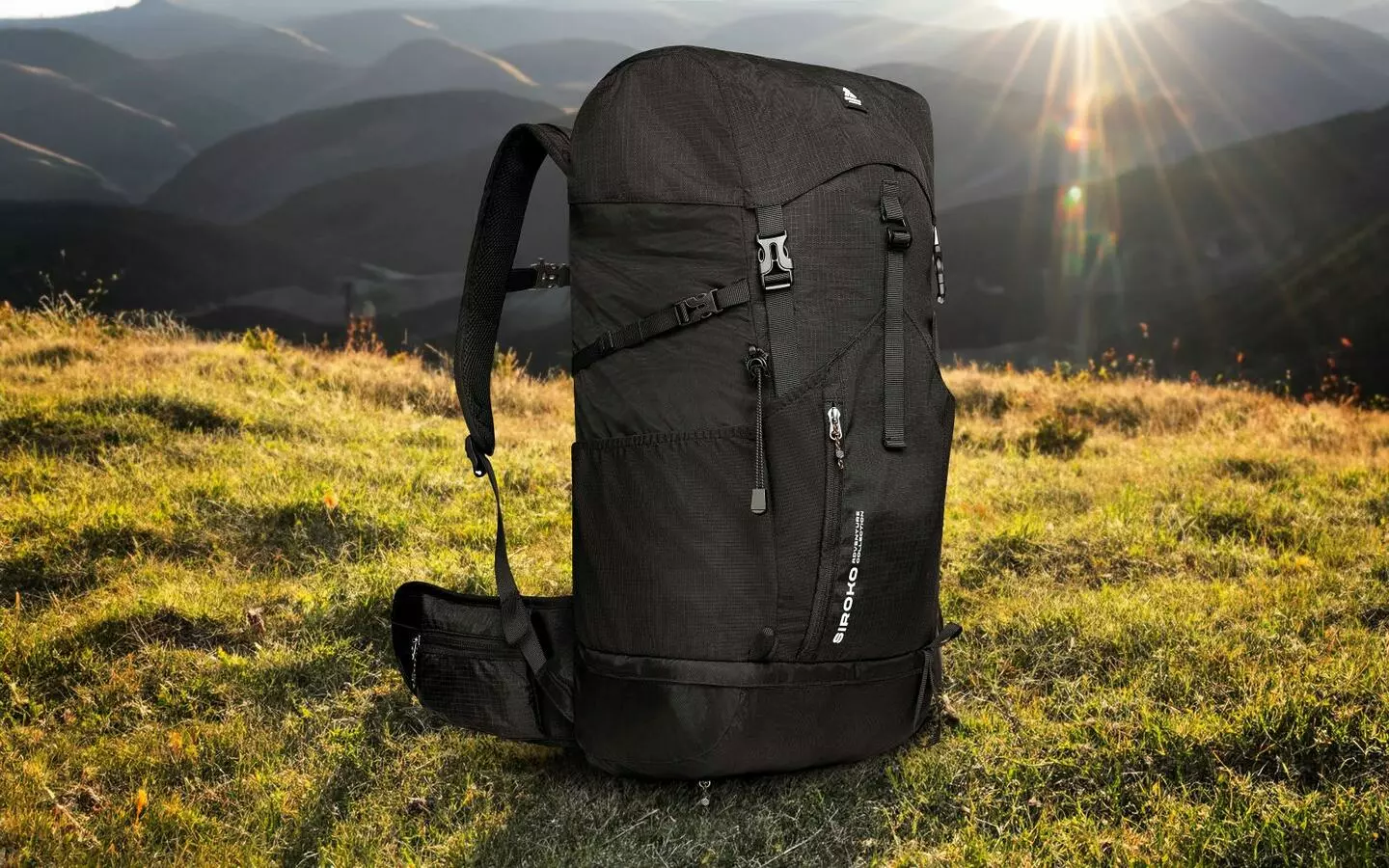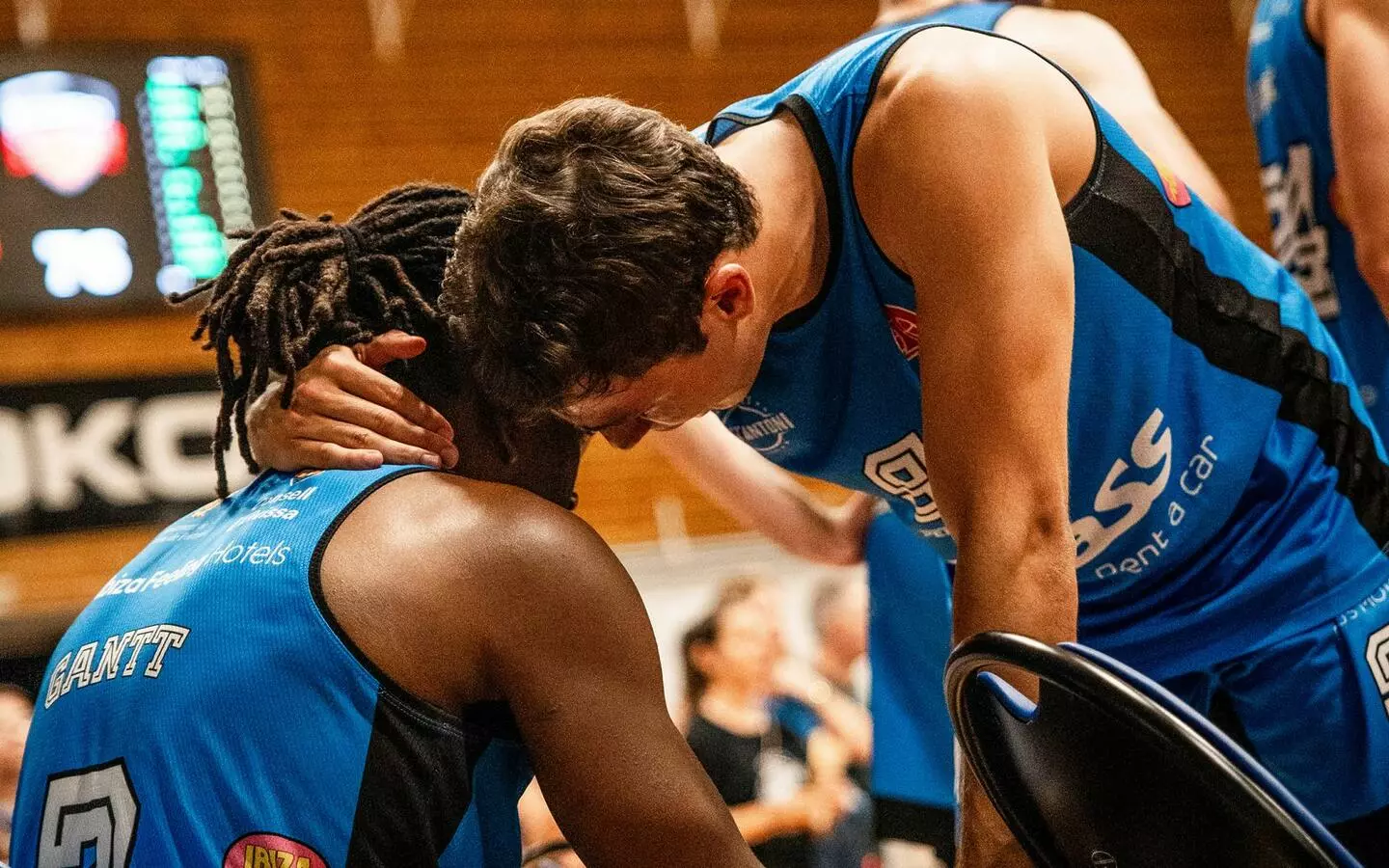Although it is more likely to lose a race going downhill than to win it, that doesn’t stop cyclists from taking their chances on descents to win a stage, a classic or even the General Classification of a grand tour. Yes, races can also be won going downhill and here are 11 descents that in one way or another set up the triumph of the riders:
Tom Pidcock, Tour de France 2022, Stage 12
Let’s start with the most recent example: Tom Pidcock’s masterclass on the Col Du Galibier descent. If the British rider hadn’t gone downhill at breakneck speed, he wouldn’t have caught up with the breakaway and probably wouldn’t have raised his arms in victory on the legendary Alpe d’Huez.
Sean Kelly, Milan-San Remo 1992
They say that Milan-San Remo is the easiest monument to finish and the hardest one to win. Irishman Sean Kelly won it twice. He beat Greg Lemond and Mario Beccia in the sprint in 1986 after catching up with them on the climb to the Poggio. In 1992, Sean Kelly won another sprint, this time against Moreno Argentin (who wasn’t really a dangerous rival for him). Yet again, the winning move was made on the descent of the Poggio, a part of the race all the pros know inside out, but where the entire race can be lost or won.
Matej Mohorič, Milan-San Remo 2022
Slovenian Matej Mohorič has always been a great downhill rider. He is credited with the super tuck position that the UCI banned in 2021. One thing that has not been banned for the time being is the use of dropper seatposts, just like the Bahrain-Victorious rider did to lower his center of gravity, take a risk on the Poggio descent and end up victorious on the Via Roma in San Remo.
Savoldelli, Giro d’Italia 1999, Stage 14
If Mohorič’s descent startled you, then you’d better not watch Paolo Savoldelli a.k.a il falco swooping like a bird of prey in the hunt for the 1999 Giro d’Italia stage 14 victory. What you can’t see in the first part (above), is how the Italian rider gets a nearly two-minute lead over Pantani, Caucchioli and Pena (they were taking it easy) on the descent of Colle Fauniera. Savoldelli catches up with them, having Ivan Gotti on his wheel (from minute 21:52), takes the lead, goes solo and reaches Missaglia, who was breaking away in front.
Riding up the climb to Madonna del Colletto, he gets rid of Missaglia and then, on the descent, he hurtles down as if he knew its every curve and every bump. If he didn’t know it, that day he wasn’t a hawk, he was a kamikaze.
Vincenzo Nibali, il Lombardia 2015
After being expelled from the Vuelta a España for hanging onto the team car, the Italian cyclist rode a season finale worthy of his class and track record. He won the Trittico Lombardo after finishing second in the Coppa Agostoni and winning the Coppa Bernocchi and Tre Valli Varesine. In the meantime, he finished third in the Memorial Marco Pantani, fifth in the GP Industria e Commercio di Prato and 42nd in the Richmond World Cup. But the best performance of the squalo di Messina was in the Giro di Lombardia, the last monument of the year, the classic of the falling leaves. The pièce de résistance was the descent of the Civiglio.
Chris Froome, Tour de France 2016, Stage 8
In 2013 and 2015, Chris Froome practically sealed victory in the Tour de France on the first mountain stage. A similar thing was bound to happen in 2016. Even more so, given the challenging stage 8 in the Pyrenees with mountain passes of Tourmalet, Hourquette d’Ancizan, Val Louron-Azet and Peyresourde. The special thing about this stage was that it didn’t finish on a high mountain point but in Bagnères-de-Luchon. Team Sky dominated the race, but Chris Froome did not attack on the climb of Peyresourde. Instead, he did it at the beginning of the descent and showed a great performance to eventually win the stage and get to wear the yellow jersey.
Marc Hirschi, Tour de France 2020, Stage 12
Narrow, irregular roads with uneven surfaces and full of unpredictable curves. Combine this with the ever-changing light conditions throughout the descent, with very sunny areas and others in full shade, and you end up with a very technically challenging descent, where the best downhill riders are able to push themselves to the limit (and a bit beyond) to claim victory. That’s what Swiss Marc Hirschi did on stage 12 of the bizarre and surprising 2020 Tour de France.
Alex Aranburu, Itzulia 2021, Stage 2
Sometimes knowing the terrain is as important as having the right skills to ride downhill. This was the case of Basque cyclist Alex Aranburu in the second stage of the Itzulia 2021. He attacked shortly before reaching the summit of La Asturiana, creating a gap that he then widened on the descent, riding on a wet road surface, which allowed him to raise his arms in victory at the finish line in Sestao.
Nairo Quintana, Tour des Alpes Maritimes 2022, Stage 3
It may be surprising to see the Colombian rider on this list, but the truth is that Nairo Quintana is a tremendously skilled cyclist. Yes, he does have a hard time taking a pull on the front and is known for using his elbow to ask to rotate out right away, but everyone has their part to play. Looking at Naironman’s track record, it is clear that the Colombian knows how to make the most of his strengths. He has proven to be a magnificent climber and a true maestro in the echelons, and he has also shown outstanding skill on the descents, such as during his climbing and descending performance in stage 3 of the Tour des Alpes Maritimes et du Var that resulted in a stage win and overall victory.
Romain Bardet, Critérium de Dauphiné, Stage 5
The climb up the Col d’Allos from Barcelonnette is spectacular, but descending this slope puts the technique, instinct, knowledge and courage of any cyclist to the test. Even more so if you’re riding for a stage victory in one of the most prestigious one-week races: the Critérium du Dauphiné. The descent of the Col d’Allos to Barcelonnette has it all: a narrow, winding road (especially in the middle part of this 17.5 km descent), rough asphalt, uneven surfaces, gravel… In other words, a challenge where only the pros, such as Frenchman Romain Bardet, can take on knowing that they have the whole road to themselves.
Chris Froome, Giro d’Italia 2018, Stage 19
Let’s conclude with one of the most impressive cycling feats of the last few years: a victory of Chris Froome. The majestic performance began 80 km from the finish line, on the Colle delle Finestre, where the asphalt turns into dirt. Then, Froome secured his winning position on the descent of the Cottian Alps, and cemented victory on the ascent and descent of Sestriere and the final ascent to Bardonecchia (Jafferau). No words needed:
